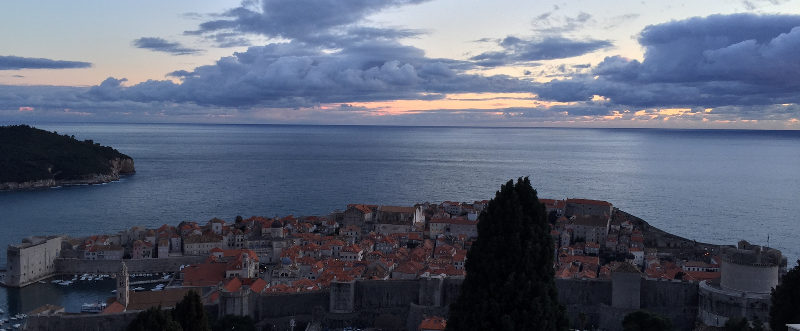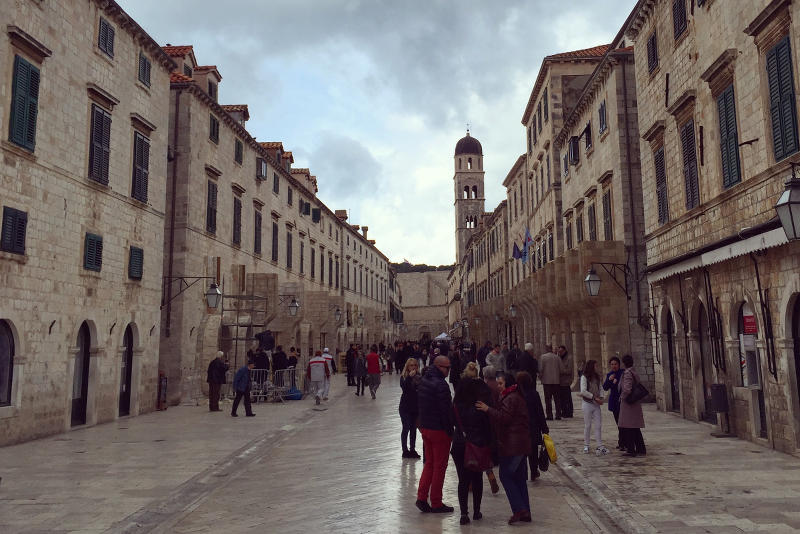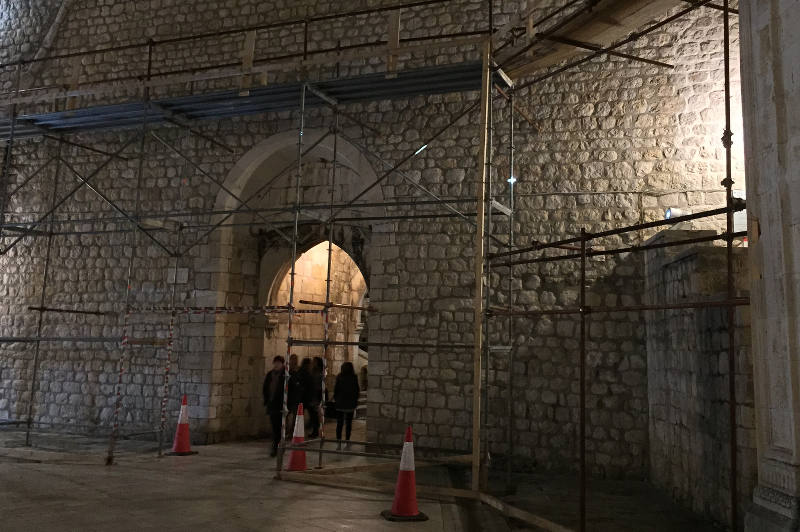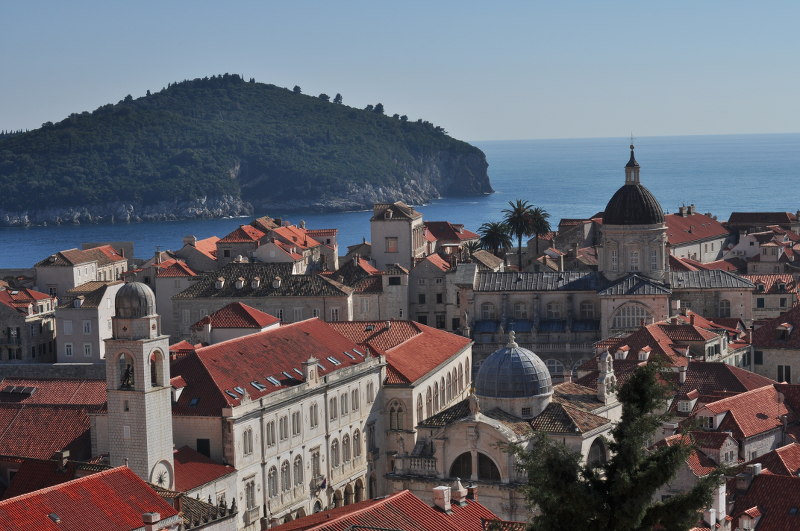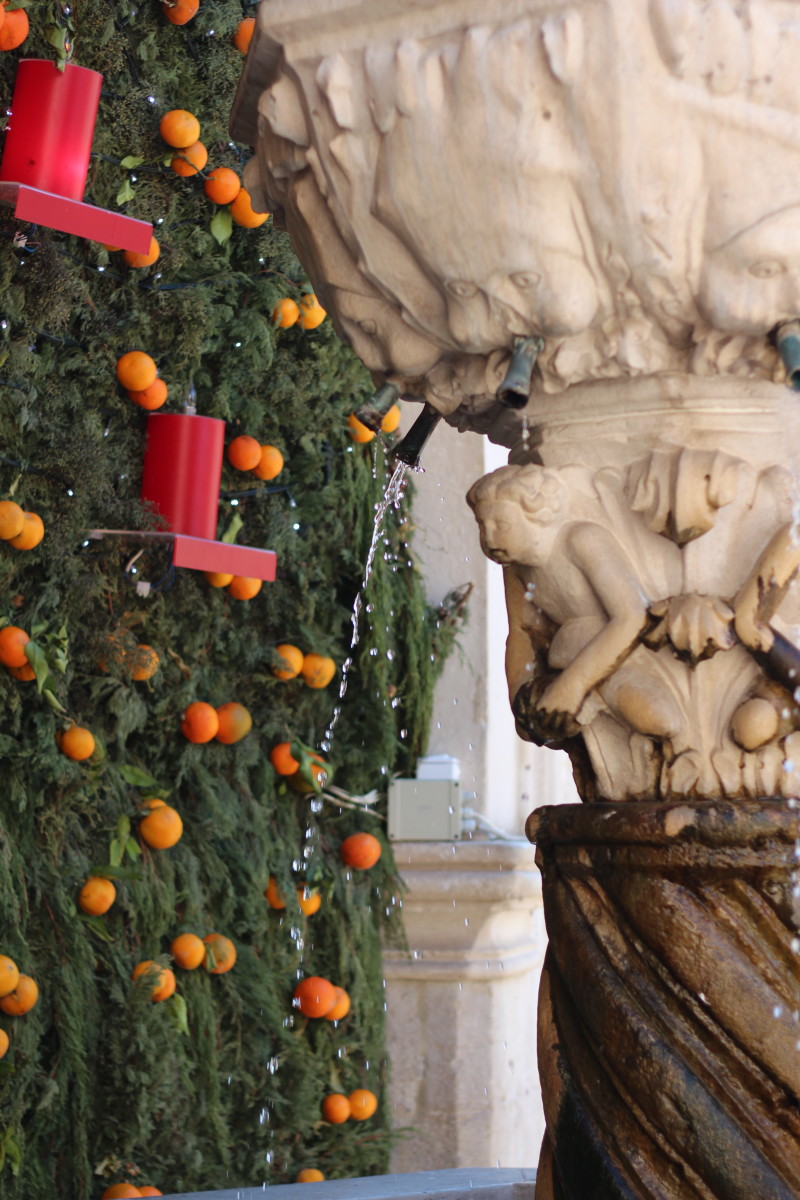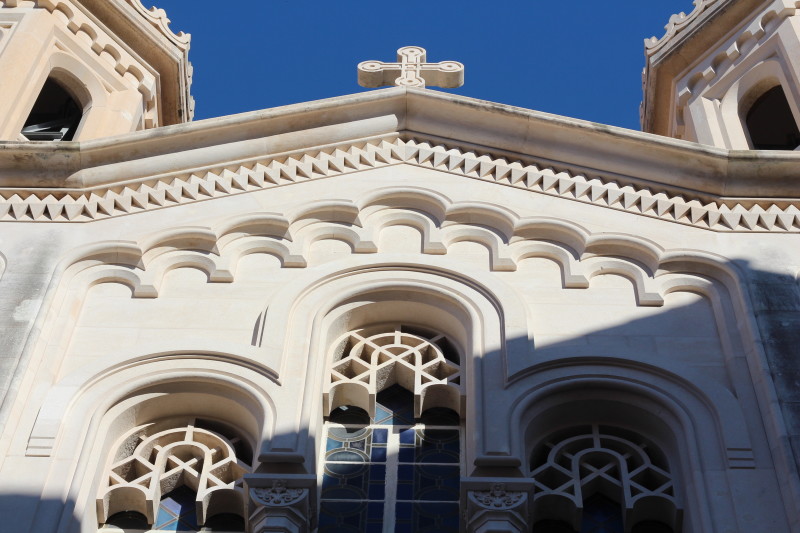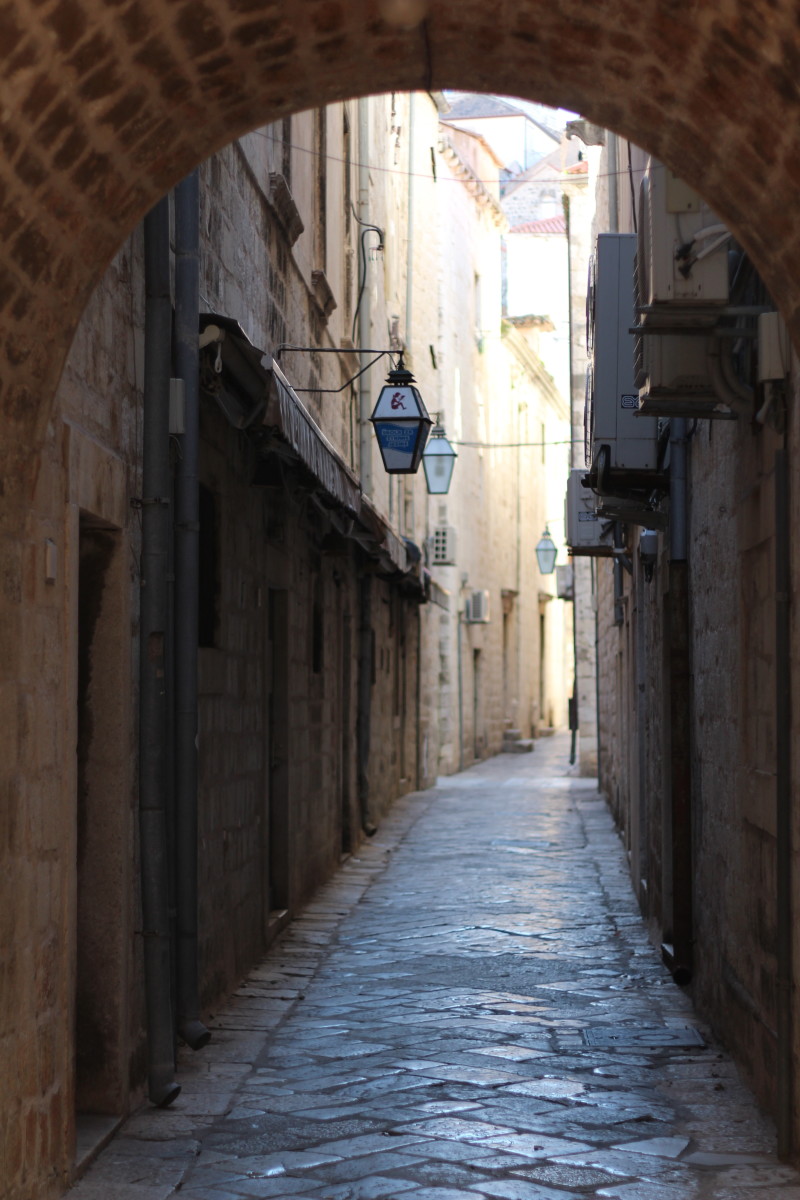Dubrovnik Old Town: A History within the Walls
As you approach Dubrovnik from the south coming up the winding, Adriatic roadway, an old fortress jutting out into the Adriatic appears. This is your first glimpse of Old Town Dubrovnik (unless you drive in from the North, of course) filled with centuries of stories. Oh, if walls could talk. 🙂
The Old Town Walls are probably one of the most prominent features of Dubrovnik. The walls surround the city and fortress that make up the “modern” Old Town. Before the 13th century the entirety of Old Town was divided into 2 settlements by a marsh. The situation changed and formed the Dubrovnik Republic, an ongoing dream until the French occupation of 1806-1808. The walls were constructed between the 14th and 15th centuries.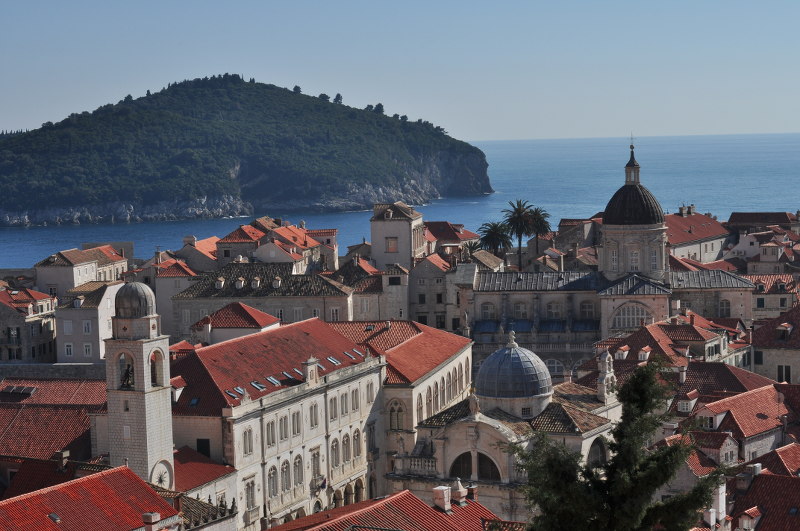 The Walls provide one of the best views of Old Town. If entering through the Ploce Gate from the East or Pile Gate on the West, entrances to walk around the walls are available. This came highly recommended by locals for seeing the city.
The Walls provide one of the best views of Old Town. If entering through the Ploce Gate from the East or Pile Gate on the West, entrances to walk around the walls are available. This came highly recommended by locals for seeing the city.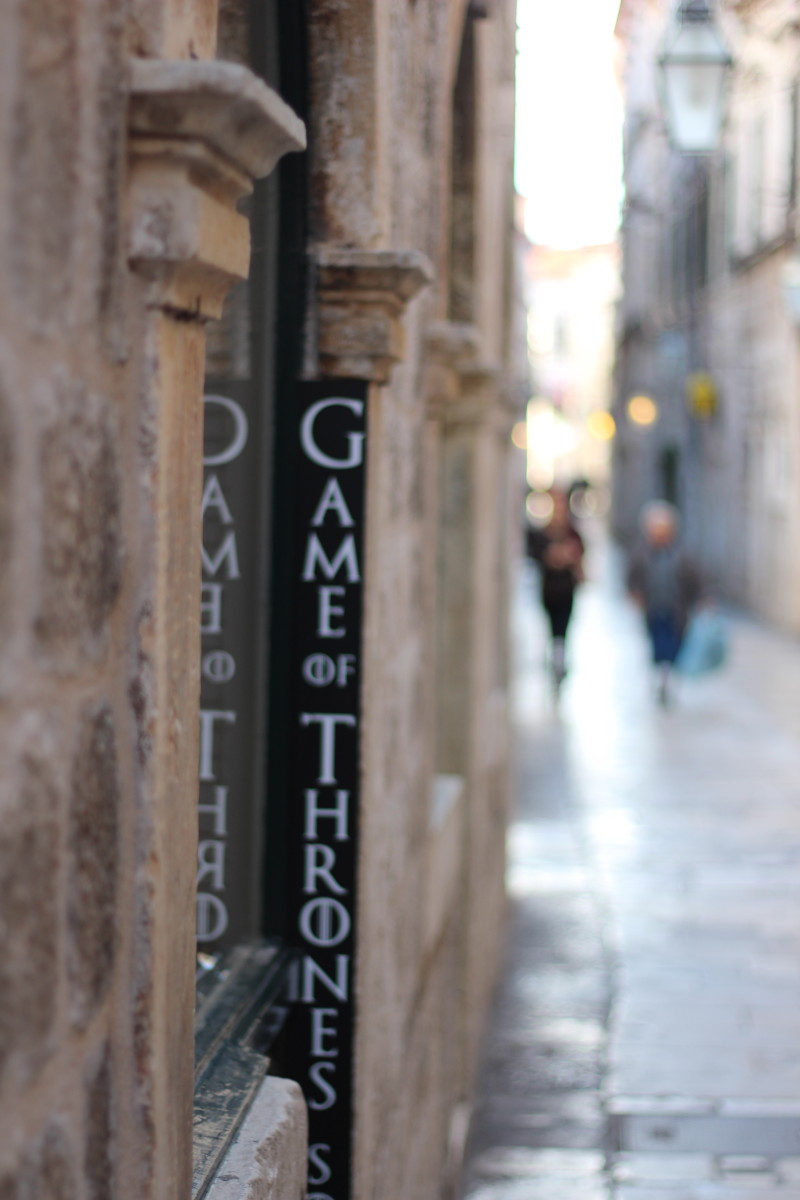 Old Town Dubrovnik and its magnificent walls also provide the setting for King’s Landing in Game of Thrones. A tour taking you through the set and explaining the location is available from a multitude of operators. Our suggestion is to stop in at the Dubrovnik Tourism Board just outside of Pile Gate for their recommendation. But definitely take the time to explore King’sLanding.
Old Town Dubrovnik and its magnificent walls also provide the setting for King’s Landing in Game of Thrones. A tour taking you through the set and explaining the location is available from a multitude of operators. Our suggestion is to stop in at the Dubrovnik Tourism Board just outside of Pile Gate for their recommendation. But definitely take the time to explore King’sLanding.
Once inside Old Town, stroll down the 300 meter long Stradun. This is the widest street/thoroughfare in the old city. It also is the connector between the two ancient settlements that make up modern Dubrovnik. Stradun began as a bridge then became the main street. It is lined with cafes, stores, and gift shops. It also connects the two main gates, Ploce and Pile. As well each end is marked by fountains and bell towers. They provide excellent points of reference while walking through Old Town.
St. Blasius (Blaise) Church is dedicated to the protector of Dubrovnik, St. Blaise. In 971, Venetian ships sat outside of Dubrovnik with the plan of scouting out its defenses for an imminent attack. A man named Stojko went into a church to find an old man and a heavenly forces surrounding him. The old man warned Stojko of the Venetian plan which ultimately saved the city. It is said that St. Blaise has inspired more artists in Dubrovnik than anything else. This church was built in the 17th century in a Baroque manner and so beautifully set and adorned that it is a sought after location for weddings.
Apart from St. Blaise Church, the Franciscan Monastery is another place of religious importance to see in Dubrovnik. The monastery and bell tower sit on the western end of Stradun making it easy to find. Dubrovnik has always been well known for its tolerance and ability to get along. Even in diplomatic relations, the ability to resolve matters peacefully have kept it out of wars that may have drawn others in with ease.
The least discussed feature of Dubrovnik’s Old Town are the narrow avenues and lanes that weave their way through the old city. While walking and exploring within the walls, venture down these side streets to see what awaits you. Shops selling local goods such as artisan cheese, oils, and sweets dot the Old Town, but will onl be discovered by those who take the time to enjoy the romantic charm of the narrow pathways that were once used by the occupying French to secure their new settlement. Markets and shops placed on the bottom floors were used for quick buying and selling for soldiers needing to get back to their posts or move positions speedily.
If you have visited Old Town Dubrovnik, what’s your favorite part?
CroatiaDubrovniklandmarks
